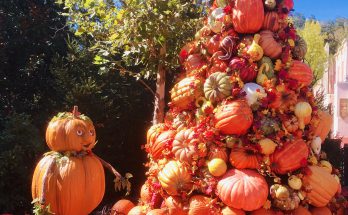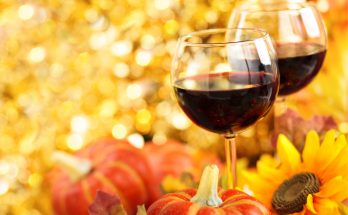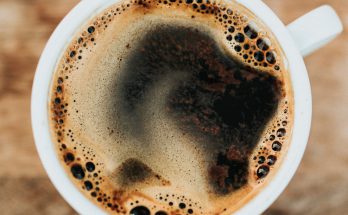Whether you are with a friend or spouse, or with a small group in your dining room, a wine tasting at home can be a fun way to learn about wine and what you like about it.
Pick a wine, any wine
As a student of wine in France, I regularly met with my fellow classmates to practice describing wines – any wine. We would cover up the bottles in special wine “socks.” This was Bordeaux, after all – where else could you find socks made for wine? Then we would go around the table, with each person contributing a few words about the wine, what we saw in the glass, and what we smelled and tasted. These were “blind” tastings, in which only the person who brought the bottle knew what it was. This practice – and it does take practice – forced us to concentrate on the sensations produced in each of us by each wine.
Sensational
The practice of articulating a sensation is something the French do from early childhood: smelling fruits at the market, eating a variety of home-cooked foods, sampling regional cheeses, and trying wines and ciders (albeit diluted for children.) In France, food and wine are discussed passionately around the table, and the art of describing wine borders on poetic. It’s something that just takes a bit of practice if you haven’t done it with family and friends growing up like the French.
Varietal
Wine tasting is comparing one wine to another. You learn about each wine’s attributes, what you like and don’t like, helping you understand what makes one wine unique from another. You could start as broadly as trying one type of grape, say Syrah (or Shiraz), a red grape grown in California, Chile, South Africa, and the Rhône Valley of France. This is called a “varietal” wine tasting.
Wine making styles vary greatly from country to country and vineyard to vineyard, but by comparing these four Syrahs, you will probably notice some differences and similarities. And you don’t have to compare the wines “blindfolded.”
Regional
A more focused “regional” wine tasting would be one in which you choose several wines from a particular region to discover how similar (or different) the grape varieties are used in that particular region and what kinds of wines end up being produced.
This is particularly fun for regions such as the mountainous Jura of France that produces both reds and whites that will also go well with the regional comté cheese (oh wait, we were only tasting wines…). Another “regional” tasting could include a “flight” (selection) of white wines from across the Loire Valley, for example, to understand that region’s lovely offerings.
Horizontal
“Horizontal” wine tasting evaluates similar wines from different producers, such as Chardonnay from different producers in Burgundy. One variable remains consistent: grape variety, region, or harvest year (millésime), so as to compare the subtleties between the wines and the wine making styles of the producers.
It’s a great way to discover the aromatic and visual variances between Provençale rosés, or how the châteaux of Bordeaux differentiate their white blends using Sauvignon Blanc and Sémillon grapes. Incidentally, every spring Bordeaux hosts the en primeurs event, at which wine buyers, critics, and journalists alike convene to taste the previous year’s harvest of Bordeaux wines – red, white, sweet, and sparkling.
No one gets out without dark red teeth and gums from the tannic Bordeaux reds. Don’t be surprised if you end up with “dirty” teeth after a red wine tasting!
Vertical
Perhaps the most subtle kind of wine tasting is what winemakers do year to year, and that is a “vertical” tasting. They sample the same wine from different years to understand not only how the wine ages (brilliantly called l’évolution), but also how each year’s harvest (weather, precipitation, vine and grape development) have contributed to the wine’s quality (called l’effet millésime).
These differences from year to year are subtle to the outsider, but to the winemaker and oenologist, it is precisely these distinctions from soil to glass that make each wine unique. But don’t worry, you can do it, too! Again, it just takes practice.
Drink up!
The fun part about wine tasting is discovering the subtleties. The hard part is articulating them. It’s also hard to spit out (cracher) wine while tasting it. And though it’s hard to do, if your goal is to do a tasting of multiple wines, it may be best to have a spittoon nearby. Otherwise, just put your pencils down, enjoy the moment, and swallow the wine!



